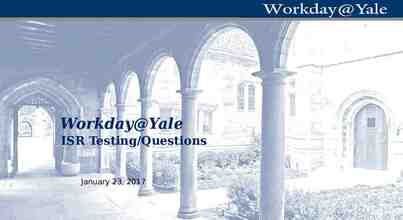DAY 1: Examining Seeds Virtual Lab Seed Experiment AND Setting up
13 Slides911.34 KB
DAY 1: Examining Seeds Virtual Lab Seed Experiment AND Setting up the Research Biology Notebook (a tutorial for you!)
Virtual Seed Lab – Day 1 Objective: Students will: Know the parts of the seed; Understand requirements for seeds to germinate and grow; Be able to explain and analyze the growth patterns of seedlings. Recognize differences between plants in their germination and growth requirements
Part 1: Go to the website Ask a Biologist Go to https://askabiologist.asu.edu/experiments/vp ocketseeds Read the article Time Traveling Plants (10 min) https://askabiologist.asu.edu/explore/time-tra veling-plants
DORMANCY Mature seeds of some species are incapable of germinating, even under ideal conditions of temperature and hydration, unless they receive certain environmental stimuli; such seeds are dormant. Breaking of this dormancy may be achieved in several ways, depending upon the species. Frequently, dormancy is lost from seeds as they are stored in the dry state for several weeks to years, a phenomenon called dry after-ripening. But many seeds remain dormant in a fully imbibed state; they are as metabolically active as nondormant seeds, but yet fail to complete germination. Dormancy of these seeds may be broken by one or more of the following: (1) light, sunlight being the most effective; (2) low temperatures (1 to 5 degrees Celsius [33.8 to 41 degrees Fahrenheit]) for several weeks; (3) day/night fluctuating temperatures of 1 to 10 degrees Celsius (41 to 50 degrees Fahrenheit); (4) chemicals, such as nitrate in the soil, or applied hormones (gibberellins) in the laboratory; and (5) fire. Read more: http://www.biologyreference.com/Re-Se/SeedGermination-and-Dormancy.html#ixzz4F5uvMlOq
Virtual Lab Experiment: With a partner think of as many requirements for seeds to germinate and grow. (4 minutes) Answer the following on the sheet provided: What conditions do seeds need to germinate and grow? List 3 What is dormancy? What conditions can break dormancy in a seed
Virtual Seed Lab Research Question to be answered: How do seedlings develop over time? Lets begin by taking a closer look at seed anatomy:
Virtual Seed Lab Stages of Seed Germination and Growth. Figure 1shows the emerging stems and roots in germinated seeds. Use this information to identify the emerging Stems and Roots in each stage of growth in Figure 2 To see an animation go to: https ://askabiologist.asu.edu/node/1082?la ng English&set a1&day 1 Choose “Animate” in the Day of Experiment Row Figure 1:
Virtual Seed Lab Read the following: Background: A seed is part of the plant containing the embryo from which a new plant can grow. Germination is when a seed begins to sprout and grow. In order for a seed to germinate, conditions must be right. There must be enough moisture, and the right temperature. For different plants, the ideal conditions are different. Some seeds germinate in the cooler temperatures of spring, others in the warmer summer and some germinate in light, some in the dark. The seed first re-hydrates by soaking up water, then the seed coat cracks. Next, either the radicle (the root) or the cotyledon (the seed leaves) emerge out of the seed coat. The developing seedling responds to light (phototropism) and gravity (gravitropism)
Virtual Seed Lab Answer What the Following on the sheet provided two conditions are needed for germination of a seed? What is the first step in seed germination? How is the seed changing in each stage? Why is the root growing downwards? What is that name for this process? Would soaking a seed overnight aid in germination? Why or why not?
Scientific Argumentation With your partner fill out the Virtual Seed Scientific Argumentation Graphic organizer and turn in today.
Model Development With the class make a model of requirements for germinating seeds: What do seeds need to develop over time?
All Done!!! *** Next class bring the lab notebook!


















